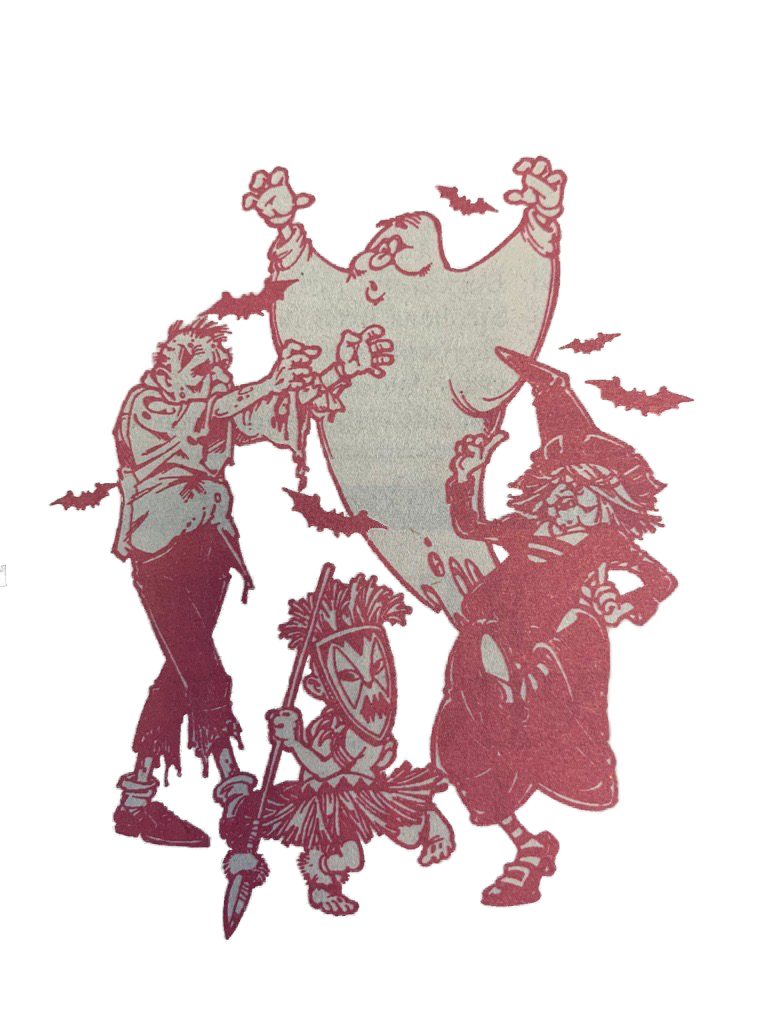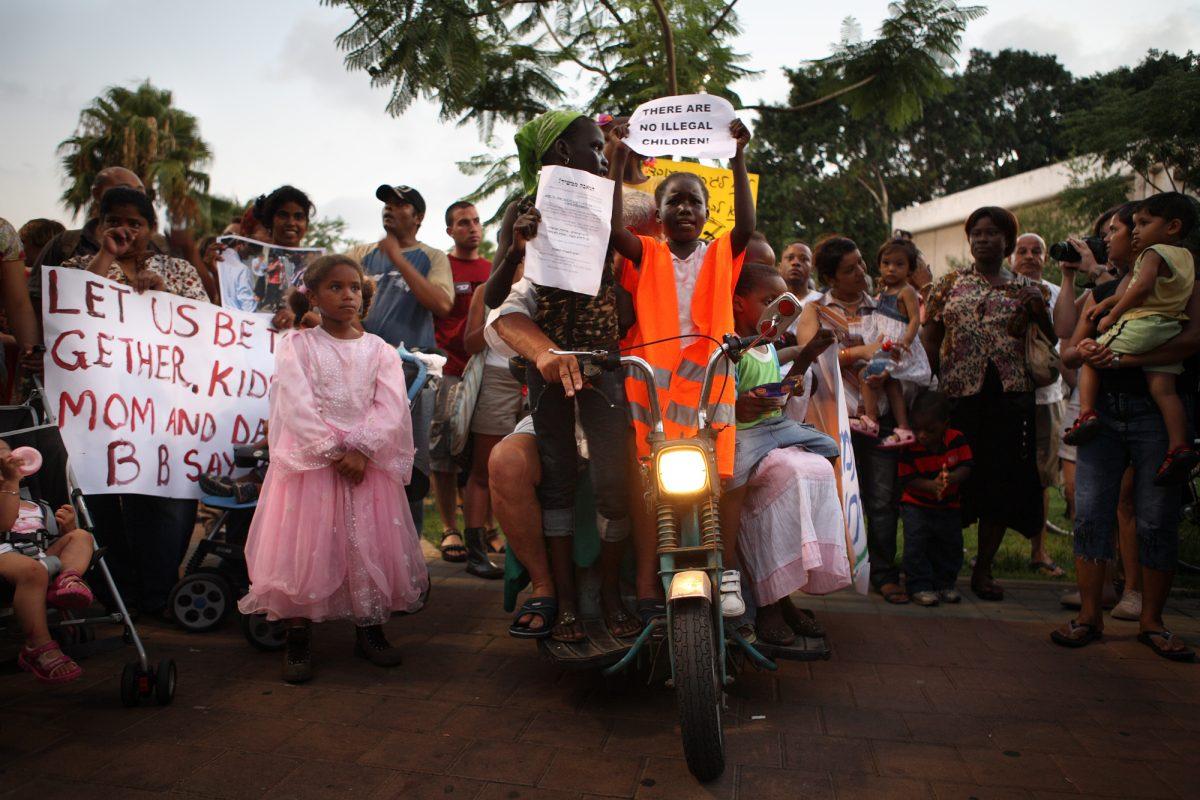There is a strange fever that is widespread in tropical countries around this time of the year.
It comes with the chills every evening and a high temperature, takes away the desire to eat and is accompanied by jaundice-like symptoms. The deadly fever, which takes an estimated 1,600 lives each day, is malaria, which is caused by a parasite and transmitted by a mosquito.
April 25 is World Malaria Day, and this year marked a special landmark: countries were expected to reduce the number of outbreaks of the disease by 75 percent by this year.
Unfortunately, African countries might not be able to hit that goal.
A lot of it, as the World Health Organization puts it, is a lack of political will and adequate funding.
I remember, back when I was in Delhi, and dengue fever and malaria outbreaks were common, it would take several deaths before the government mobilized large scale mosquito control to ensure curbing the outbreak and even then, it would not be very effective.
Simply put, we humans need to stick together if we want to kill these mosquitoes.
Getting rid of stagnant water, clean sewage and sanitation are some ways to get rid of these disease-causing mosquitoes.
And while malaria itself might be more prevalent in Africa, Asia and the Caribbean, West Nile virus is fairly common in the United States and that too is transmitted by these mosquitoes.
It is not enough to have enough medication — quinine made from the bark of the cinchona tree — at hand.
There are therapies for pregnant women to prevent malaria, and awareness needs to be pushed among people for quicker detection of the disease. A patient that waits too long might suffer permanent liver damage from the disease.
Malaria seems like a simple enough disease to cure, but the fight is by no means over.
The 2016-2030 plan for WHO is to target eight countries including South Africa, Botswana and the Mozambique as it embarks on a massive eradication plan.
The most susceptible victims are children below 5 years and most malaria deaths occur at home because families either don’t have access to basic healthcare or they aren’t aware that the fever could lead to sever outcomes.
DDT, a common insecticide used to originally kill mosquitoes, doesn’t work anymore for two reasons. One is that these are harmful chemicals for us to inhale and has been banned by WHO. The second is that mosquitoes have developed a resistance to these insecticides.
An added problem is that Chloroquine, the commonly packaged quinine medicine, is now ineffective in curing malaria.
This means that as we head into another 15-year-plan to eradicate the horrendous anopheles mosquitoes that spread this deadly disease, we have to increase funding and access to treatment in low-income families and continue to invest in research for alternate medication and prevention for malaria.
Meanwhile, take this quiz to see how much you know about malaria.












